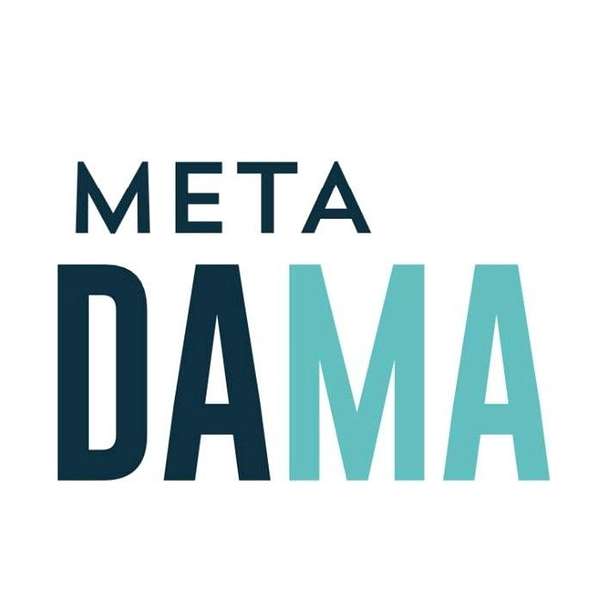
MetaDAMA - Data Management in the Nordics
This is DAMA Norway's podcast to create an arena for sharing experiences within Data Management, showcase competence and level of knowledge in this field in the Nordics, get in touch with professionals, spread the word about Data Management and not least promote the profession Data Management.
-----------------------------------
Dette er DAMA Norge sin podcast for å skape en arena for deling av erfaringer med Data Management, vise frem kompetanse og kunnskapsnivå innen fagfeltet i Norden, komme i kontakt med fagpersoner, spre ordet om Data Management og ikke minst fremme profesjonen Data Management.
MetaDAMA - Data Management in the Nordics
2#11 - Karin Håkansson - Data Governance in a Mesh (Eng)
«Data Mesh promises so much, so of course everyone is talking about it.»
I had the pleasure to chat with Karin Håkansson about Data Governance in a Mesh. Karin has worked with Data Governance and Data Mesh and is really active in the Data Mesh Community, speaking at podcasts and moderating the LinkedIn Group «Data Governance - Data Mesh»
Here are my key takeaways from our conversation:
Data in Retail
- The culture in retail is about innovation, experimentation, new products. So governance has to adapt to this environment in order to be successful.
- If retail would do, what we do in data a fashion retailer would sell yarn instead of t-shirts.
- Retail knows what the customer wants, before the customer wants it. What would happen if we in data think like retailers?
- Its more about understanding the business better, then making the business data literate.
Data Governance
- Data Governance best practices in the DMBOK is still relevant, also in a Data Mesh setting.
- Data Governance has been on a journey from compliance driven to business value driven.
- Centralized Data governance creates a bottleneck. Decentralized Governance creates silos. So federated Data Governance is the middle ground.
- Create incentives to create trust.
- If you utilize your platform correctly, you can have high expectations towards computational governance.
Data Mesh
- Data Mesh comes with a cost - you need to invest in Data Mesh.
- But more than anything Data Mesh implementation is an enormous change effort.
- If you don’t know why Data Mesh, you will implement something else
- Implement Data Mesh in an agile way: «start small, fail fast and iterate»
- To start with Data Mesh, work with a business team that is eager to get started and sees the benefits - «You have to have business onboard, otherwise its not going to work.»
- Always check if you get the value that you expected.
- When you do it, make sure you get Governance, business and tech teams to work together and a re aligned on the why.
- Make sure two upskill for Data Mesh - its is fundamentally different: talk about it, have debates, book clubs, ++
- The 4 elements of data mesh: Can you implement those in a sequence or should you look at them as a unite to implement within a limited scope?
- Start finding ways for people to work together (eg. Common goal, and environment where it is ok to share).
- A good first step is to find an example of data with a certain issue or limitation and talk with the business user about exactly this.
- Data Governance, as much as Data Mesh, is about change management: You need to get close to the business and collaborate actively.
- Your first two steps should be:
- Start with one business unite, an early adopter.
- Find their most critical data and talk about actual data.
MDM and Data Mesh
- Are we still hunting for that golden record? How do we work with MDM in a mesh? This is not solved yet.
- You can refer to data, instead of collecting data in a MDM system.
- Maybe the best approach so far are global IDs to track data cross domains, but how you link your data might become the new MDM.
- «You still need to connect the data, but you don’t need to collect the data.» - MDM in a Mesh.
Domains, federation and responsibility
- If you federate responsibility to the domains, they also need the resources and competency to fulfill these responsibilities.
- If the domain data teams are successful in abstracting the complexity, it will become easy to create data products.
- If you scale too fast (faster than your data platform), you might end up having to duplicate teams.
